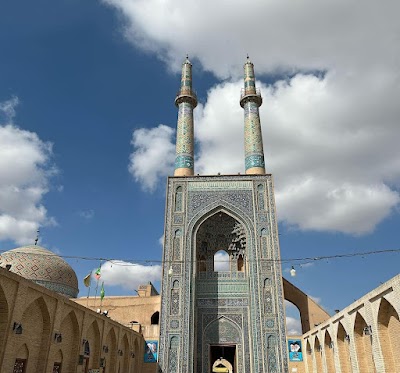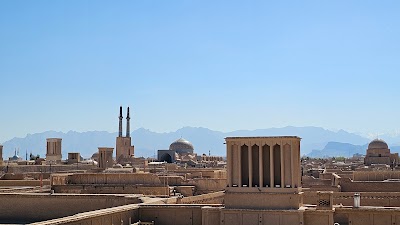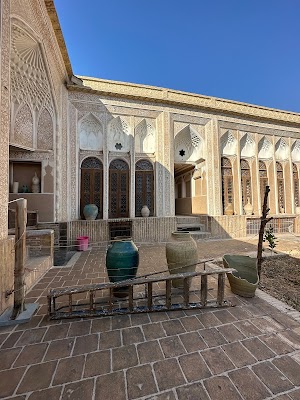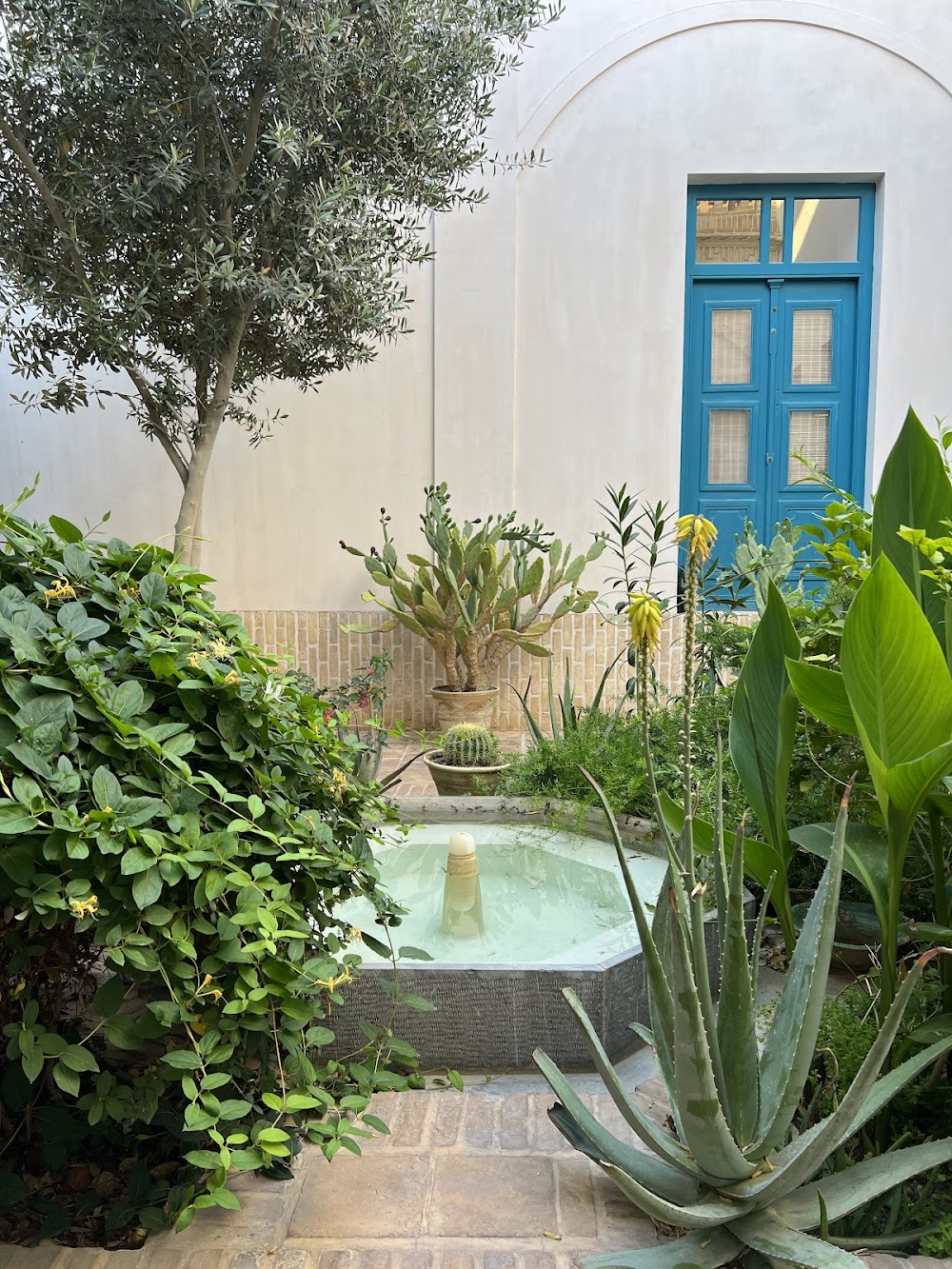Alexander's Prison (زندان اسکندر)
Overview
Discovering Alexander's Prison: A Blend of Myth and History
Alexander's Prison in Yazd, Iran, carries a name steeped in myth and history. Despite its imposing title, there is considerable debate about whether it was ever a prison at all. This intriguing structure, dating back to the 15th century, most likely served as a school during the Timurid era. The name "Alexander's Prison" is thought to have originated from a legend suggesting that Alexander the Great imprisoned adversaries within its stout walls.
Architectural Marvels of the Past
The building itself reveals clues of its diverse history and purpose. Characterized by traditional Persian architecture, it boasts an imposing rectangular structure with a central courtyard, where students would have congregated to exchange ideas under the warm desert sun. Thick mud-brick walls are designed to keep the interior cool during Yazd's blazing hot days, showcasing the ingenuity of ancient builders.
Construction Techniques
Construction methods employed were typical of the region and time period. Builders skillfully used sun-dried mud bricks and plaster—materials readily available in the arid environment. These bricks were meticulously stacked and layered to create walls resilient enough to withstand both the elements and the passage of time. Small windows carved into the walls allowed light to filter into the interior, bathing the space in a gentle, diffused glow while minimizing heat entry.
Utilitarian Yet Elegant Interior
Inside, the building's design is both utilitarian and elegant. Several rooms branch off from the central courtyard, believed to have been used for instruction, storage, and living quarters. Each room maintains a theme of functional simplicity, with built-in niches and shelves designed to hold everyday items or study materials. Intricate plasterwork occasionally adorns the ceilings and upper walls, a testament to the craftsmanship of Yazd's artisans.
Legends and Lore
Local legends and stories passed down through generations suggest that the prison was once a site of great turmoil. It is said that mysterious inscriptions were discovered on some walls, believed to be the laments and petitions of those who had been held captive there. While these tales likely blend myth and reality, they add an intriguing layer to the history surrounding this ancient building.
The Striking Central Courtyard
One of the most captivating features of Alexander's Prison is its central courtyard. Paved with stone, it often served as a gathering place for lectures and discussions. It’s easy to envision scholars and students assembling in this space, contributing to the rich educational and cultural tapestry of the time. A small pool in the center, a hallmark of Persian design, adds a sense of tranquility, reflecting the cool night sky.
Preserving a Cultural Treasure
Over the centuries, Alexander's Prison has withstood the wear and tear of time, harsh weather, and even periods of neglect. In recent years, efforts have been made to preserve this unique structure, recognizing its significance as a historical site and a symbol of Yazd's educational and cultural heritage. Preservationists diligently repair any damage using traditional materials and techniques, ensuring the building remains as authentic as possible.
A Journey Through Time
Today, Alexander's Prison welcomes visitors eager to marvel at its architecture and immerse themselves in the stories echoing through its ancient halls. Tourists and locals alike wander through its rooms and corridors, imagining the lives of those who inhabited this space hundreds of years ago, whether as students, scholars, or prisoners.
In this way, Alexander's Prison remains a fascinating and enduring monument, a testament to the rich and complex history of Yazd, Iran. Each brick and room holds a story, inviting visitors to ponder the blend of reality and legend that surrounds this extraordinary place.









